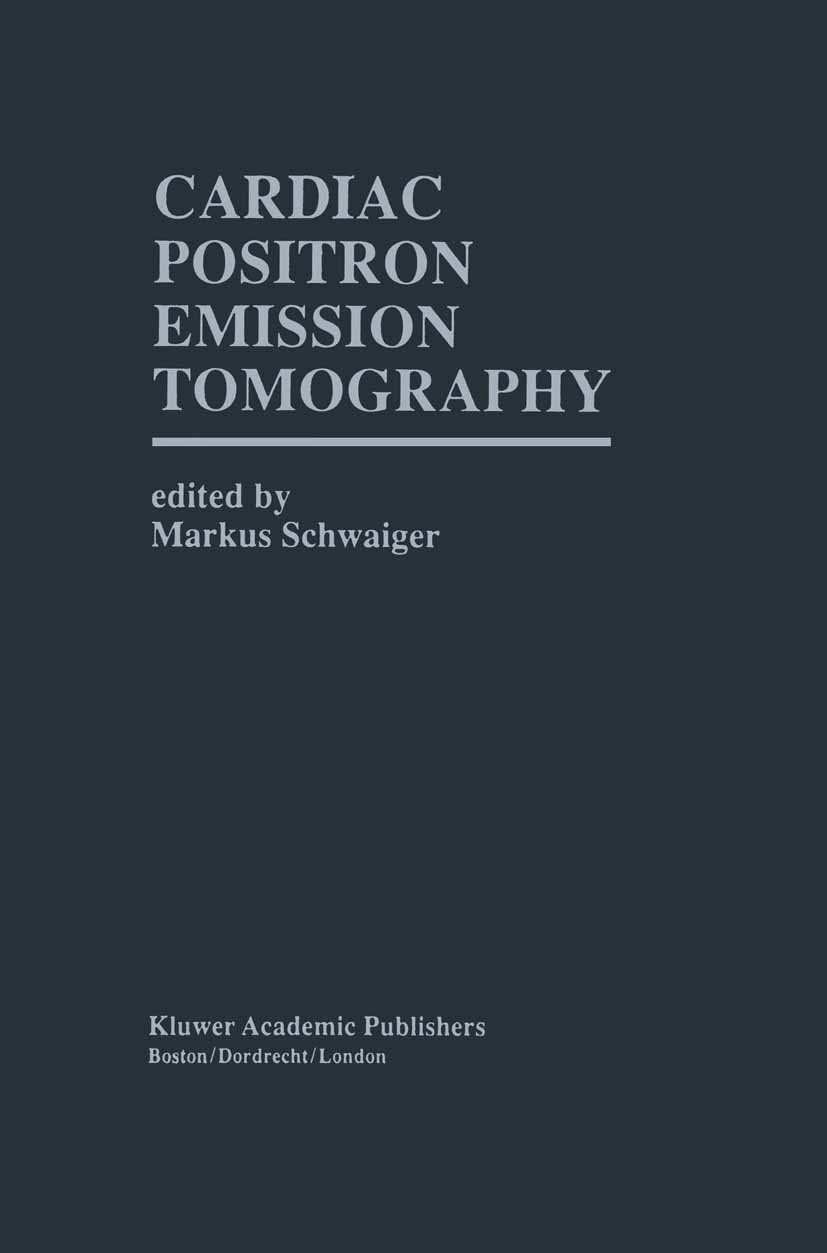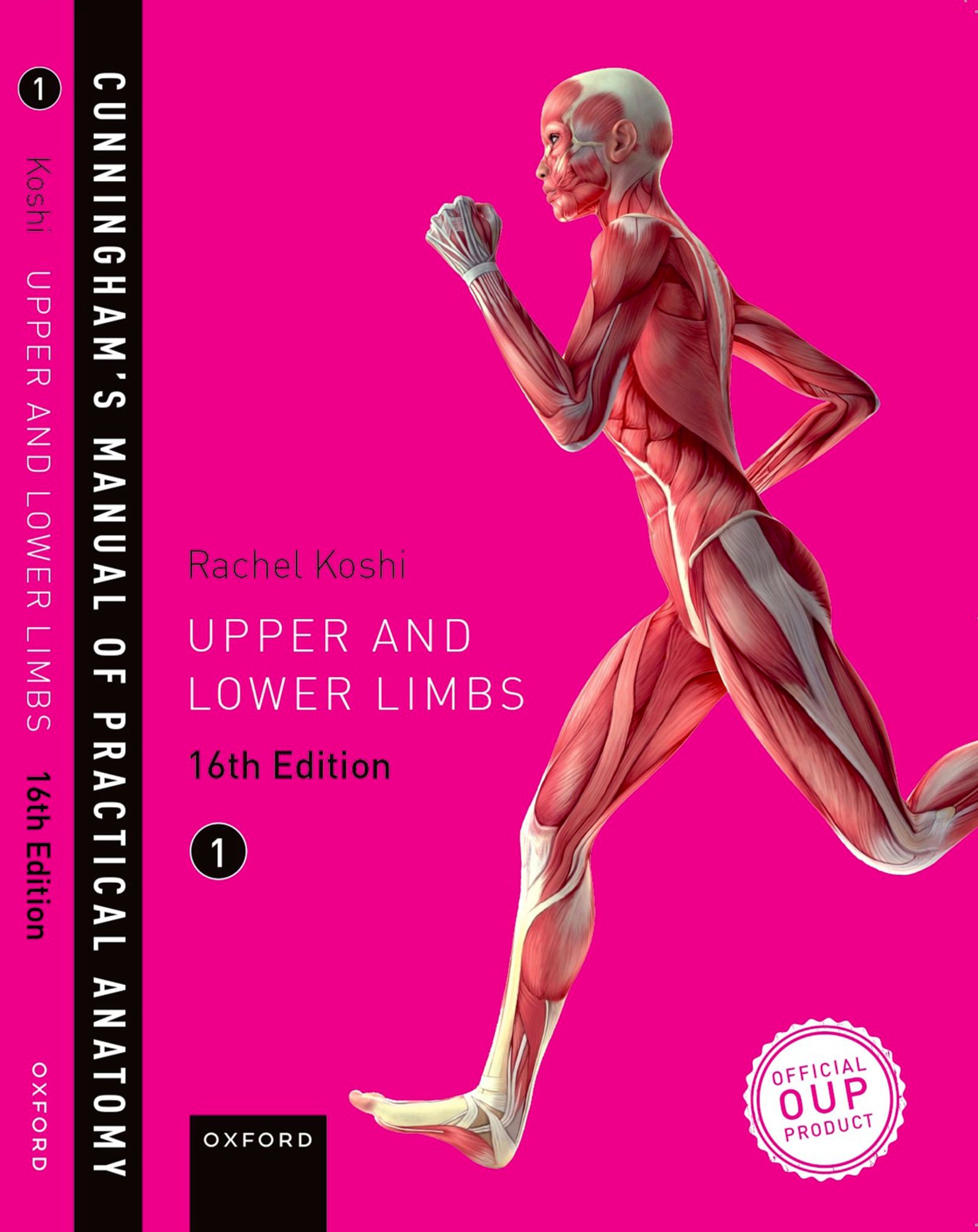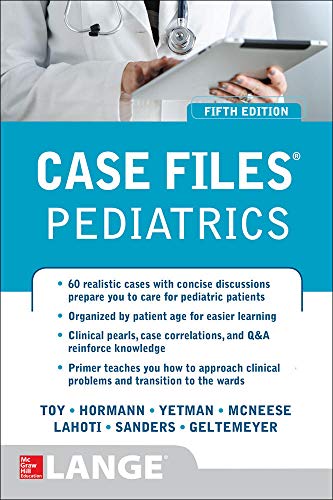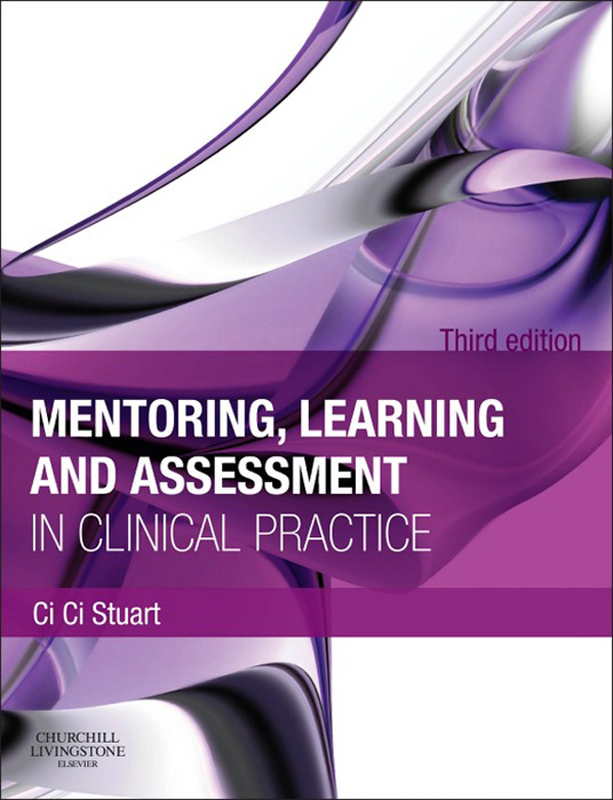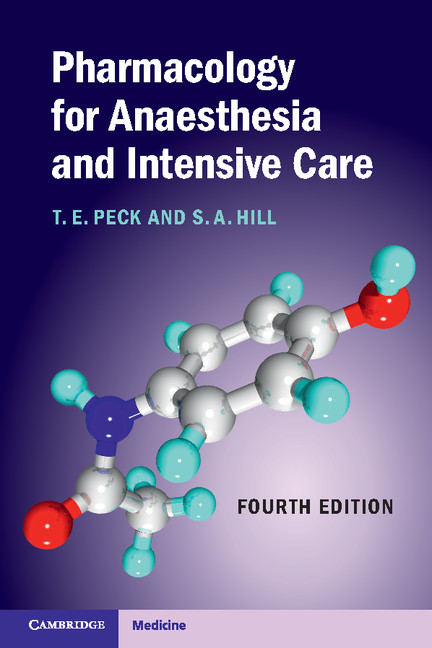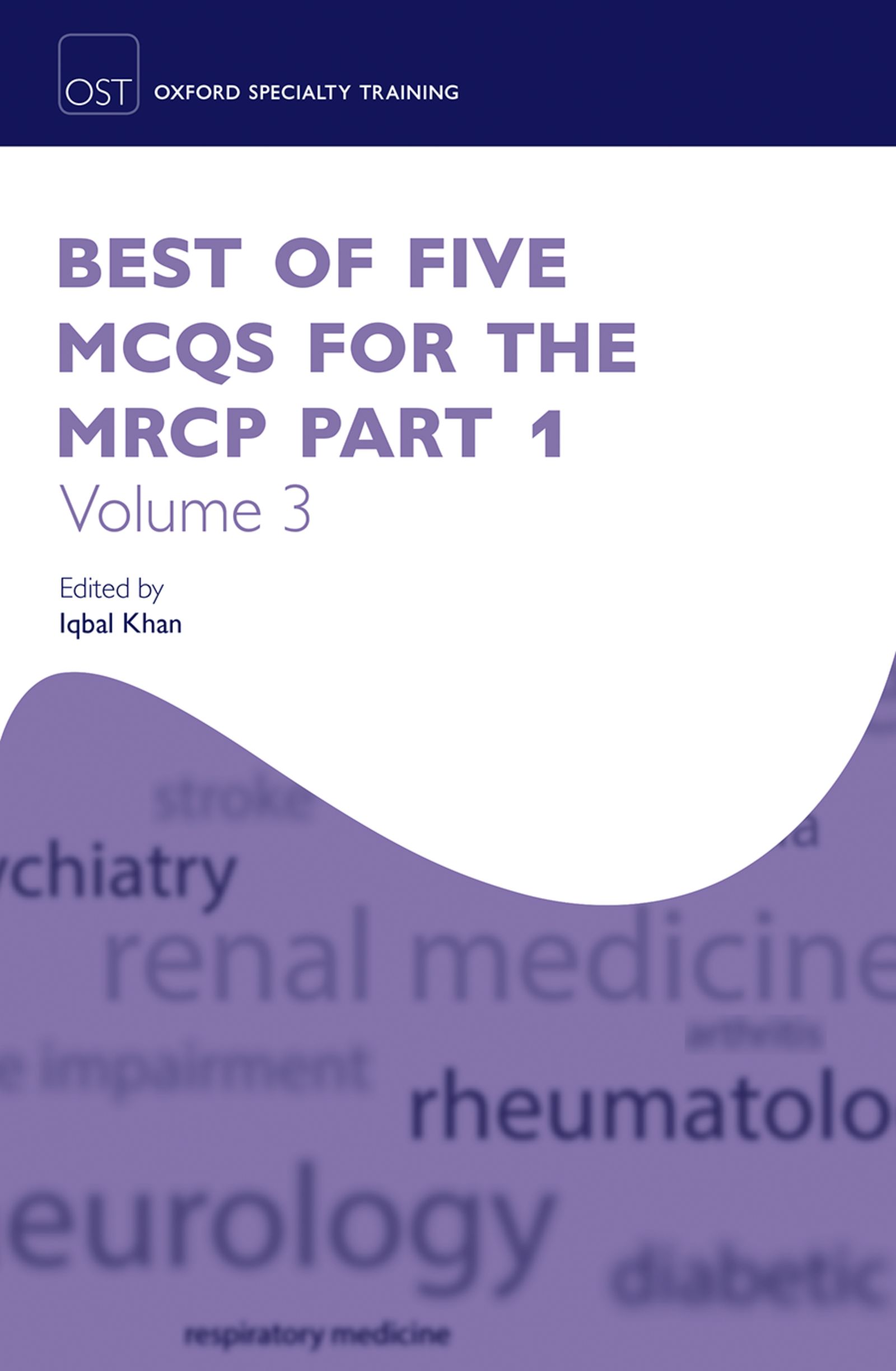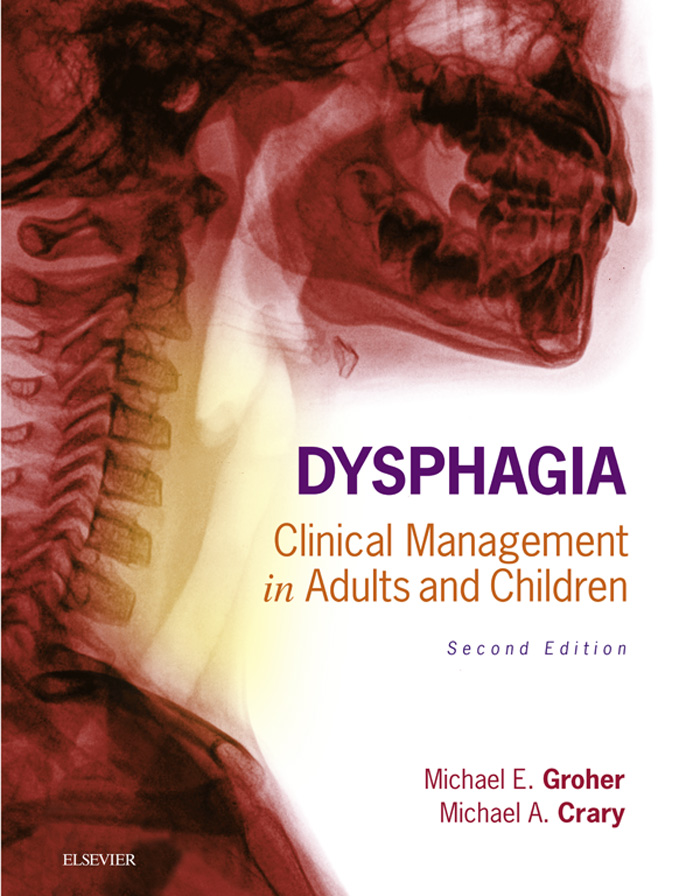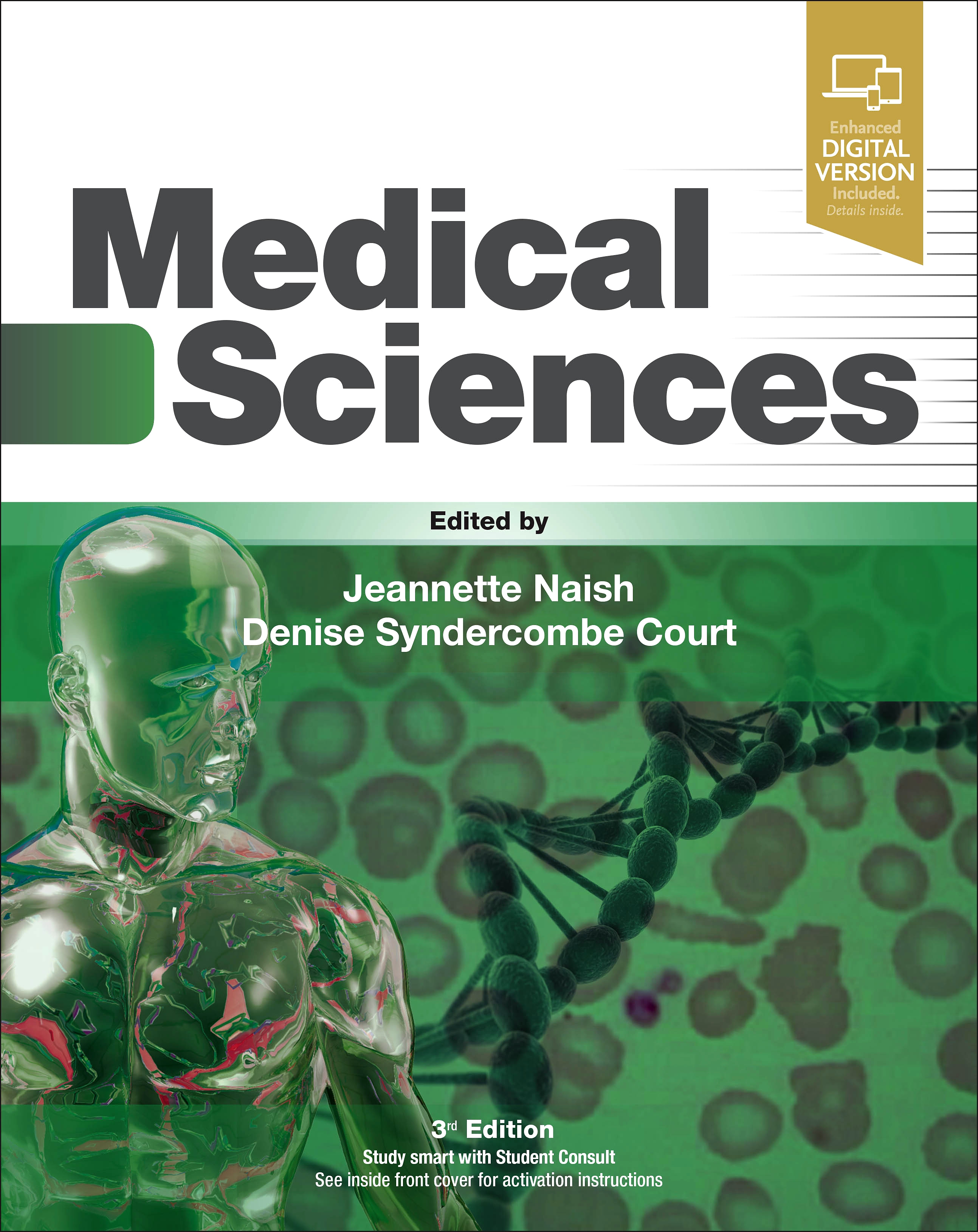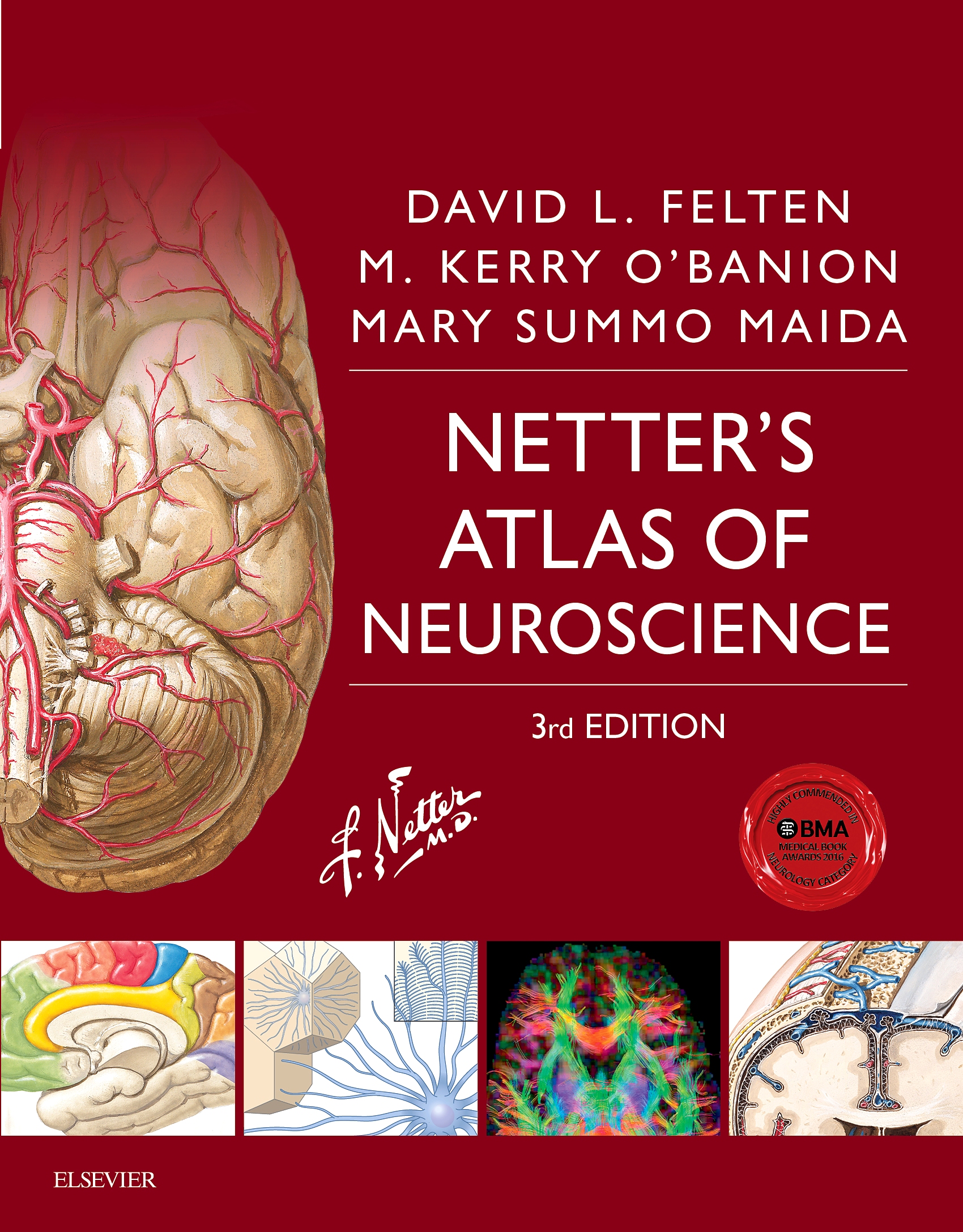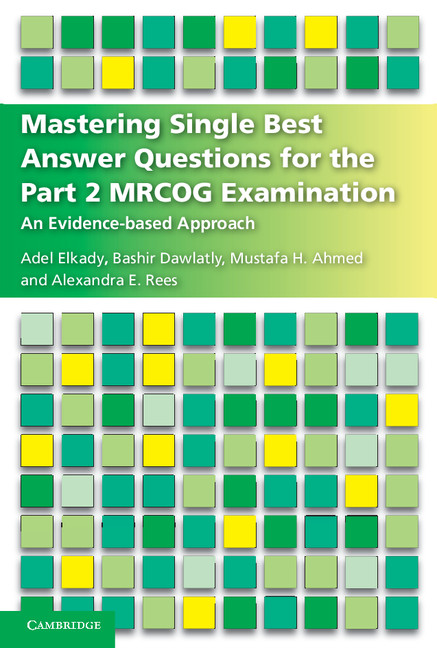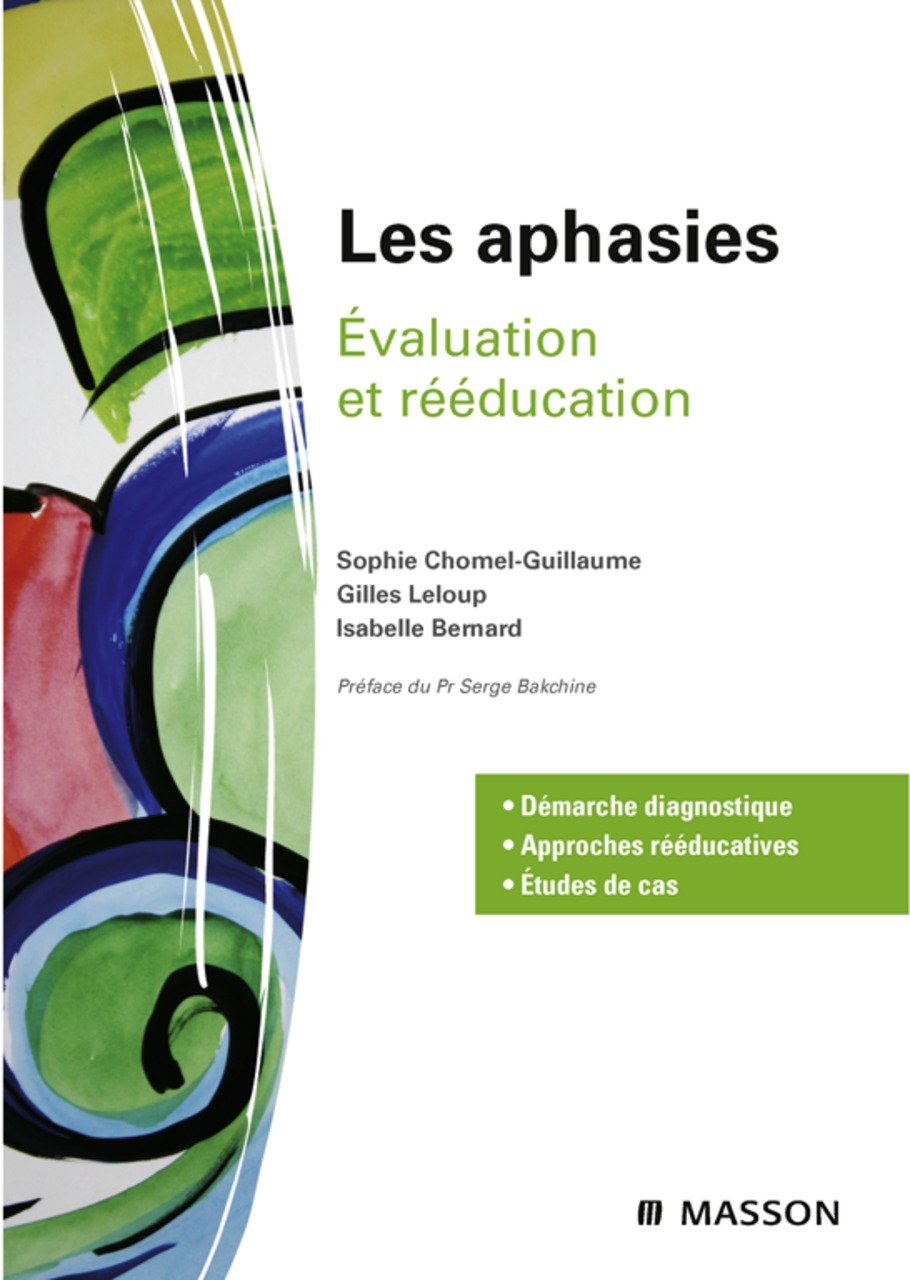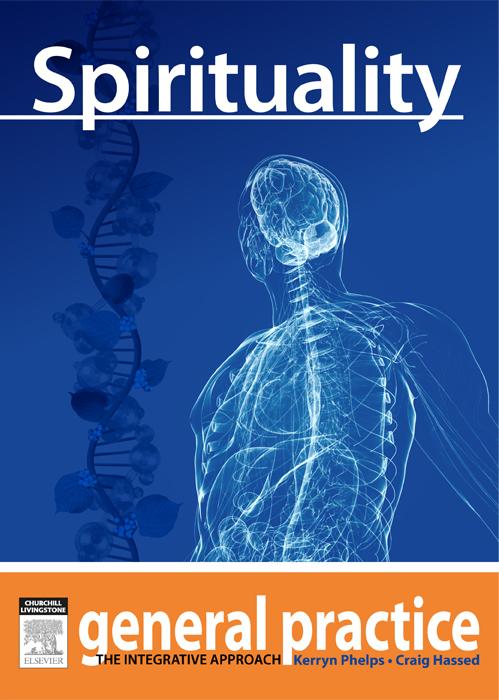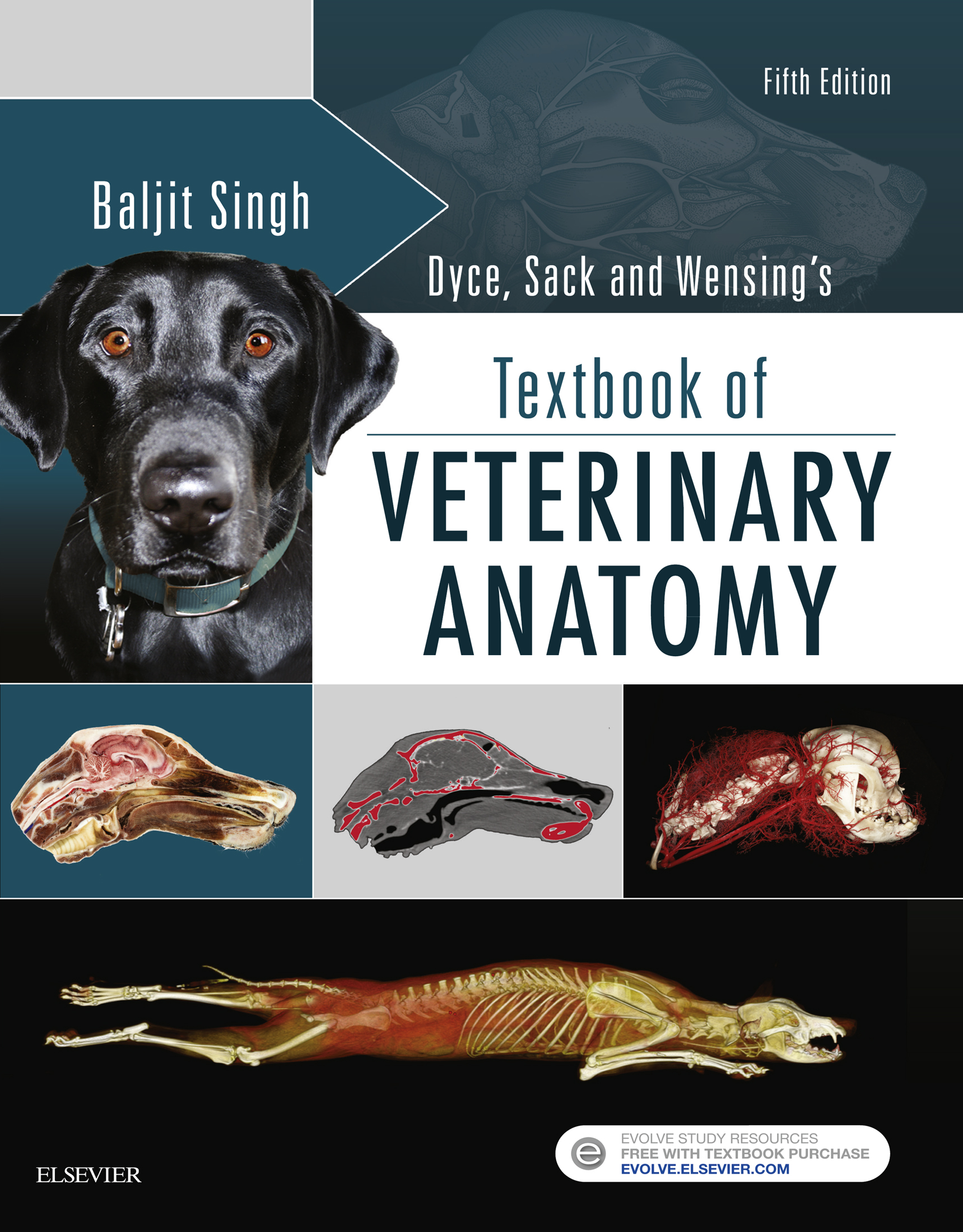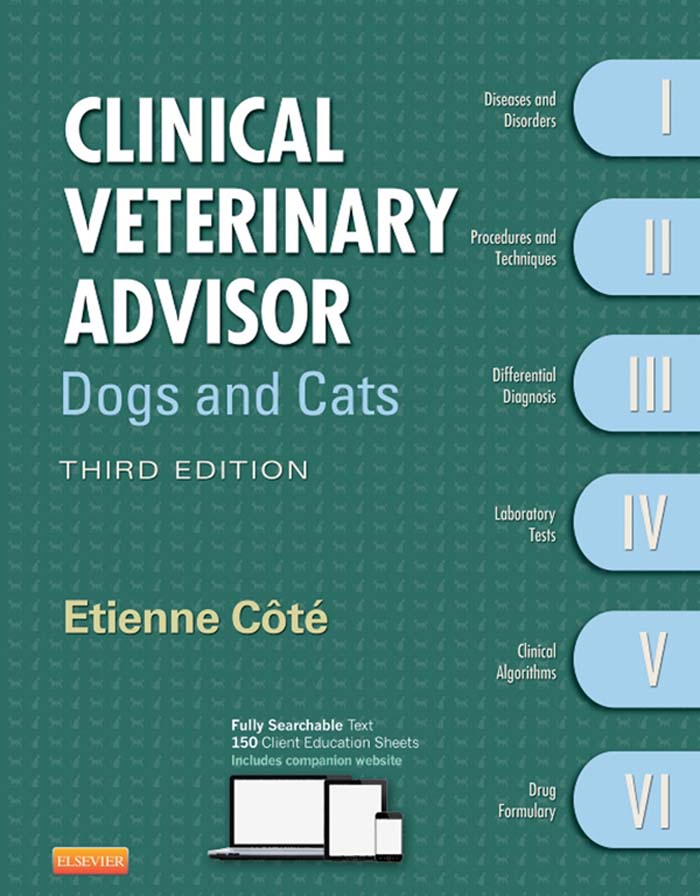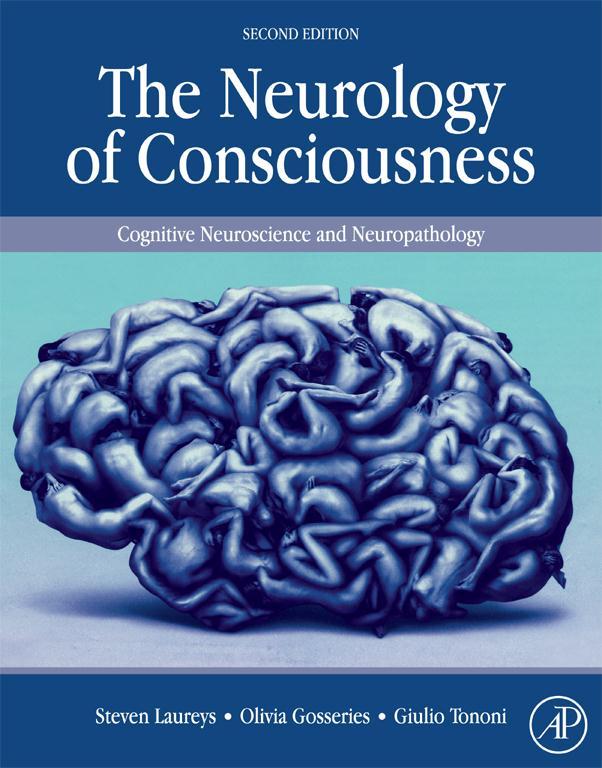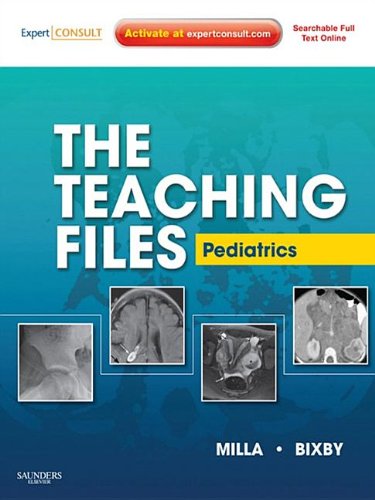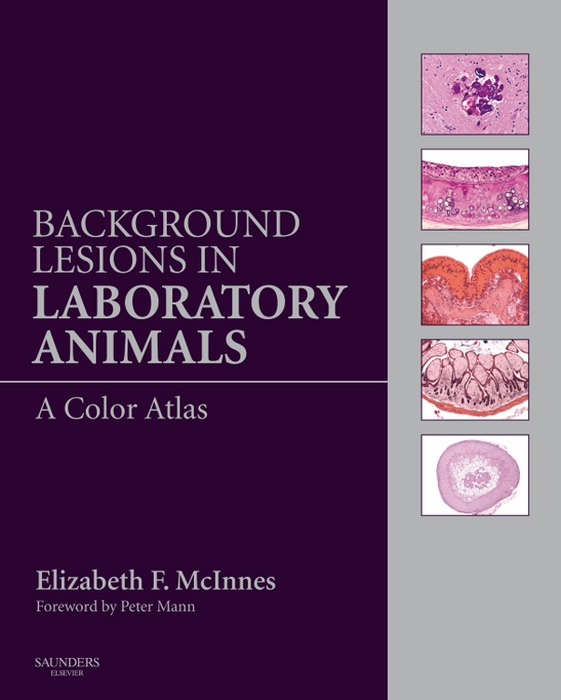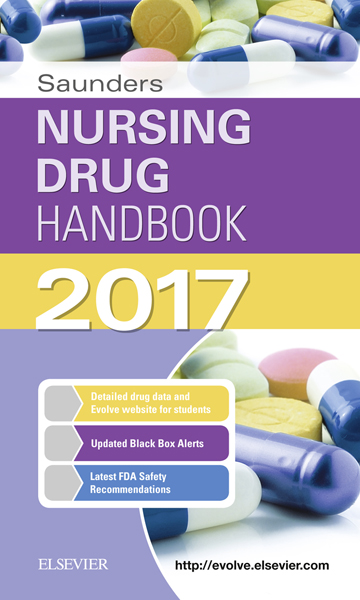Cardiac Positron Emission Tomography
by Ernst E. van der Wall
2020-07-07 15:58:13
Cardiac Positron Emission Tomography
by Ernst E. van der Wall
2020-07-07 15:58:13
Myocardial viability has become one of the most important issues in clinical cardiology. In particular, absence or presence of viability may be decisive in patient management, and the decision to perform angioplasty (PTCA) or bypass surgery (CABG) is...
Read more
Myocardial viability has become one of the most important issues in clinical cardiology. In particular, absence or presence of viability may be decisive in patient management, and the decision to perform angioplasty (PTCA) or bypass surgery (CABG) is frequently based on the accurate assessment of viability. Although echocardiography and conventional nuclear medicine techniques may provide valuable information on viability, positron emission tomography (PET) is currently considered to be the gold standard for the assessment of myocardial viability. The simultaneous evaluation of myocardial metabolism and perfusion allows precise delineation and accurate quantification of residual myocardial viability in affected regions. In addition, accurate quantification of myocardial perfusion alone may provide insight into the basic mechanisms of syndrome X and may assist in the appropriate clarification of this clinically complicated, but frequently occurring phenomenon. Besides that, cardiac PET may deepen our insight into metabolism and perfusion of cardiac muscle disease, particularly in hypertrophic cardiomyopathy. Furthermore, receptor imaging studies with PET will become important as the study of cardiac neurohumoral regulation in heart failure has gained in interest. Cardiac Positron Emission Tomography: Viability, Perfusion, Receptors and Cardiomyopathy describes the most recent developments in cardiac PET as these are related to myocardial viability and myocardial perfusion studies of syndrome X. The value of PET for receptor imaging and cardiac muscle disease is also discussed. For cardiologists, nuclear medicine physicians, radiochemists, physiologists, technicians and basic researchers interested in understanding the most recent achievements in cardiovascular PET.
Less


